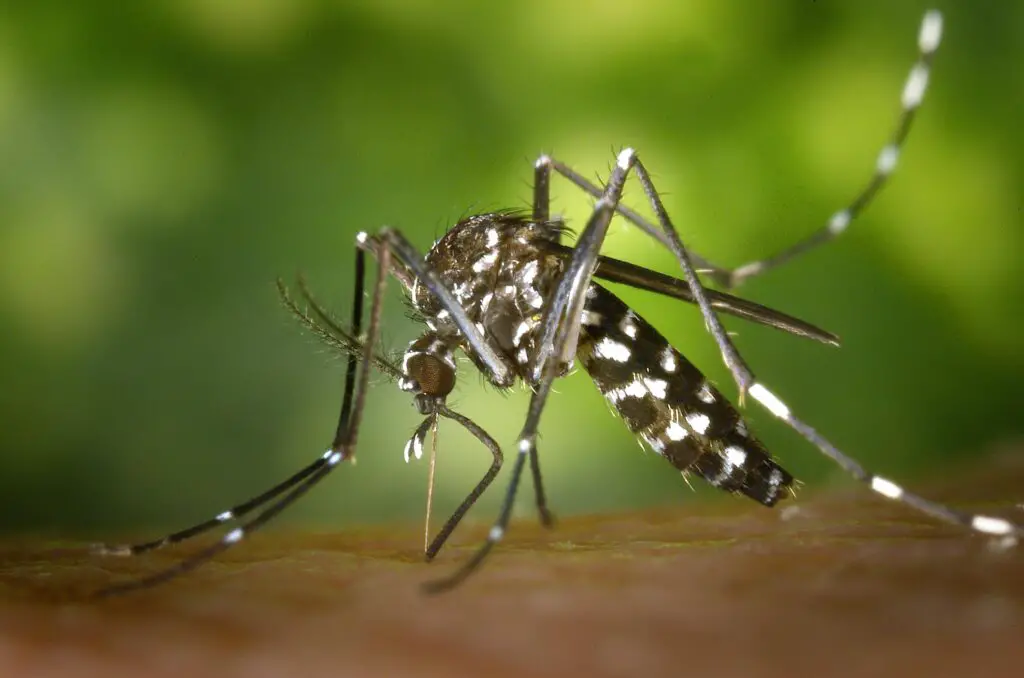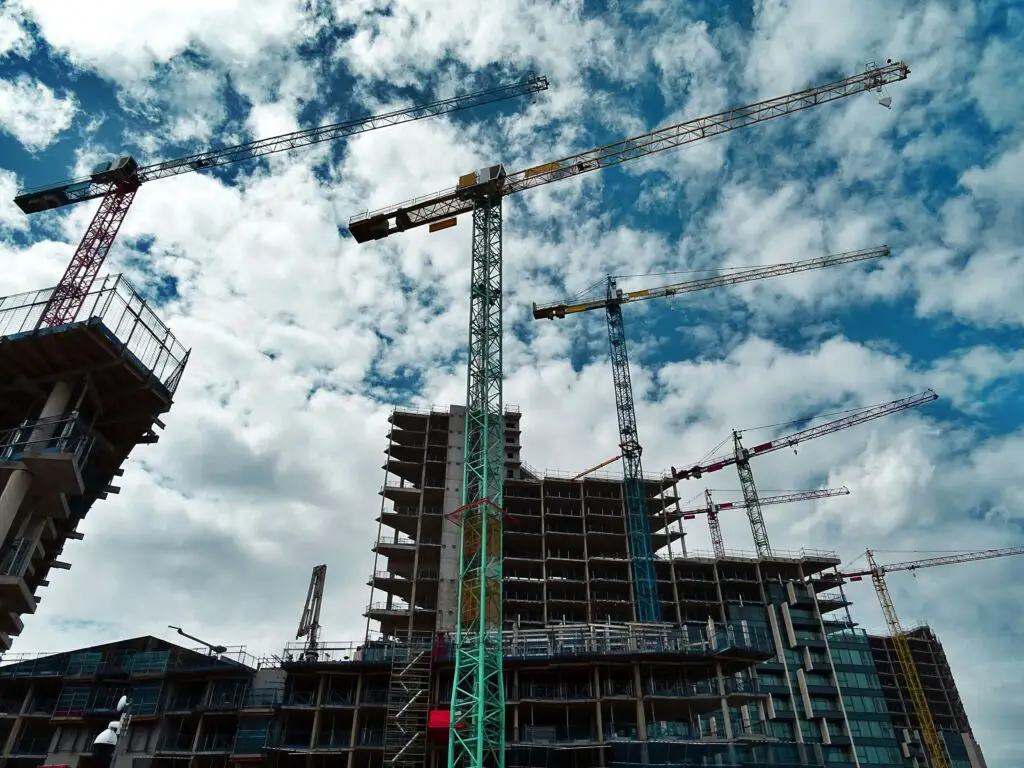1. Hurricane Season

Florida’s hurricane season lasts from June to November, making property damage and power outages common. These storms are powerful and can lead to costly repairs, evacuation orders, and a constant watch on the weather.
2. Intense Heat and Humidity

While warm weather sounds appealing, the year-round humidity can be exhausting. Summer days reach over 90°F, making it feel sweltering and sticky, and it’s not unusual for air conditioning to run non-stop, leading to high energy bills.
3. High Insurance Costs

Due to hurricane risks and flooding, property insurance rates are some of the highest in the nation. Many insurers have raised premiums or even withdrawn from the state, making it challenging to find affordable coverage.
4. Dangerous Wildlife

Florida is home to alligators, snakes, and even invasive species like Burmese pythons. It’s not uncommon for residents to spot gators in local ponds or even yards, which can be intimidating and potentially dangerous.
5. Bugs Everywhere

The warm, humid climate attracts a range of bugs, from mosquitoes and fire ants to roaches and palmetto bugs. Mosquitoes especially can make outdoor activities difficult and are present almost year-round, contributing to the spread of diseases like West Nile and Zika virus.
6. Tourism Traffic

Florida’s beauty attracts millions of tourists annually, especially in places like Orlando, Miami, and Tampa. This can make traffic unbearable, raise the cost of living in popular areas, and turn local beaches and attractions into crowded hot spots.
7. Rapid Development

Many parts of Florida are undergoing fast-paced development, with construction sites constantly changing the landscape. This growth can affect natural ecosystems, lead to more congestion, and make quiet neighborhoods busier over time.
8. Limited Seasons

For those who enjoy four distinct seasons, Florida’s warm climate can feel monotonous. There’s no snowy winter, and autumn leaves are practically non-existent, which can make holidays like Christmas feel a little less festive.
9. High Property Taxes

While there’s no state income tax, Florida makes up for it with property taxes that are higher than the national average in many counties. Homeowners can feel the pinch, especially as property values continue to rise in certain areas.
10. Flooding Issues

As a low-lying state with frequent rain, flooding is a significant issue. Even minor storms can lead to flooded streets, and certain areas are at risk for rising sea levels, which may impact homeowners in the future.
11. Lack of Public Transportation

Outside of cities like Miami, public transportation options are limited. Commuting can be a hassle for those without cars, as most areas are not walkable, and traffic is heavy, especially in more populated regions.
12. Education System Challenges

Florida’s public schools rank lower than those in many other states, which can be a concern for families with children. Budget issues, large class sizes, and teacher shortages have been recurring challenges for the education system.
13. Risk of Sinkholes

Due to Florida’s limestone foundation, sinkholes are a constant risk. These ground collapses can happen suddenly, swallowing homes and creating unsafe areas. Some counties are particularly prone, making it a genuine concern for property owners.
14. Health Risks

The state’s hot climate and high pollen levels can exacerbate allergies and respiratory conditions. Additionally, high rates of skin cancer due to strong sun exposure make sun protection a priority, especially for long-time residents.
15. Intense Politics

Florida is a politically tumultuous state, with passionate viewpoints. This can lead to tension in communities, especially around election times, and make some residents feel at odds with local policies.
While Florida has its perks, the challenges and risks that come with the territory may be dealbreakers for some. For those seeking a laid-back, easy lifestyle, it’s worth weighing these factors carefully before making a move to the Sunshine State.
